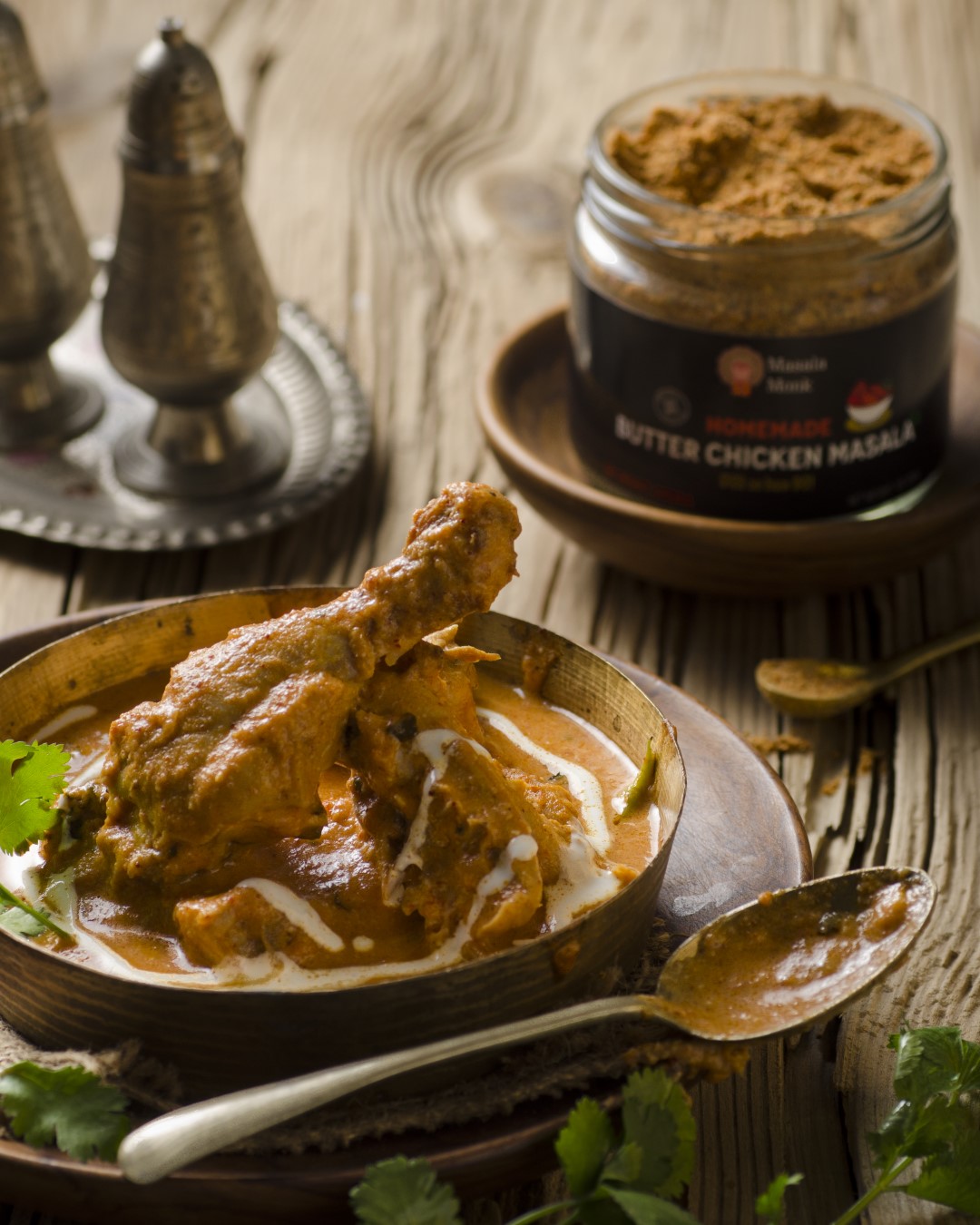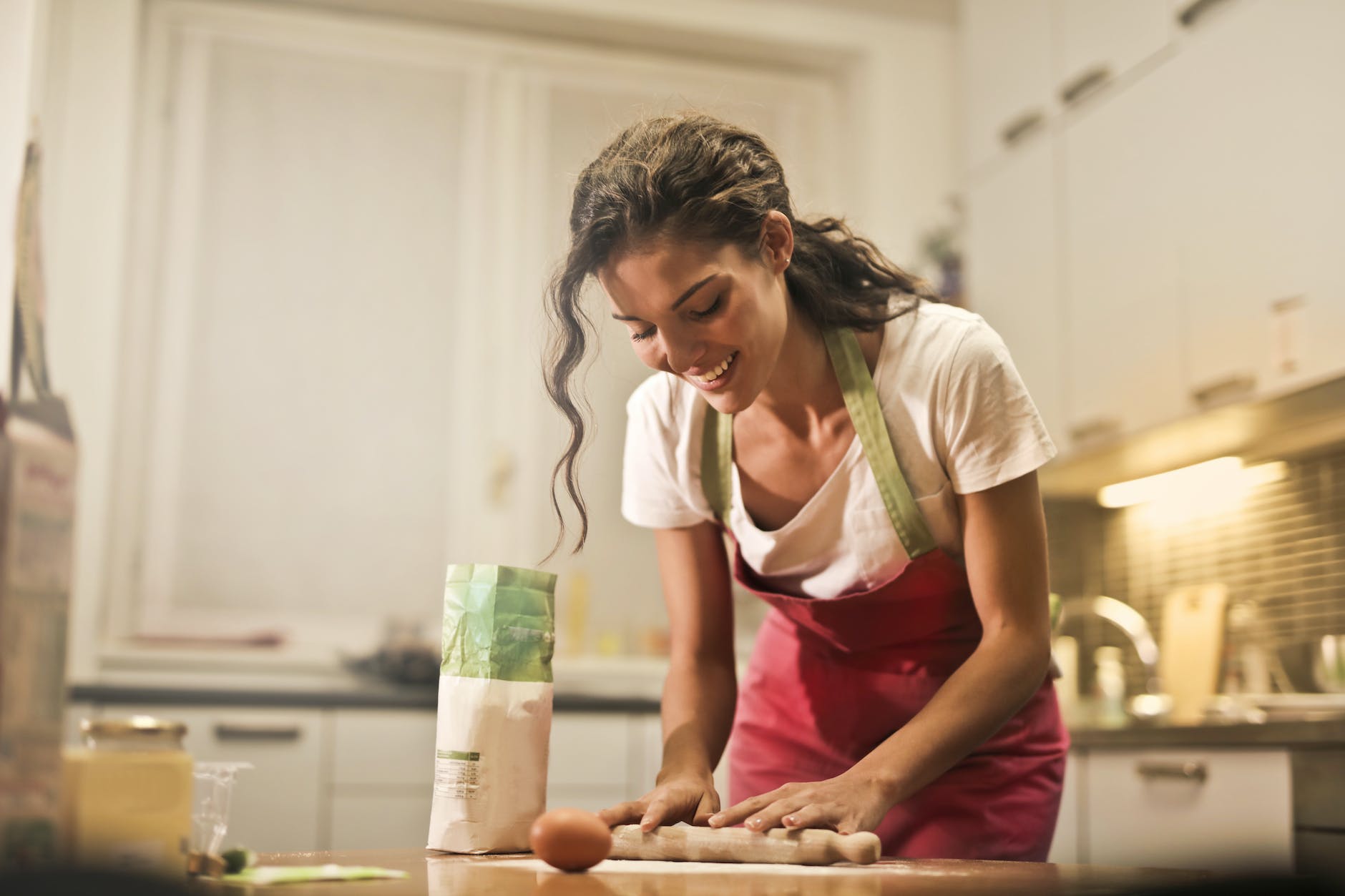
Hoisin Sauce, a jewel in the crown of Asian cuisine, is a thick, fragrant sauce that has won hearts around the globe. Its roots are embedded in the culinary traditions of China, but its influence has spread far and wide, making it a beloved ingredient in kitchens from east to west.
The magic of Hoisin sauce lies in its complex flavor profile. It’s sweet yet salty, tangy yet smooth, and packed with a depth of flavor that can transform any dish from ordinary to extraordinary. It’s commonly used in stir-fries, marinades, and as a dipping sauce, but its versatility doesn’t end there. From glazing roasts to spicing up wraps and sandwiches, Hoisin sauce is a true culinary chameleon.
There are many versions of Hoisin sauce available in the market, each with its own unique twist. Some are sweeter, some are saltier, and some pack a spicy punch. But nothing beats the satisfaction of making your own Hoisin sauce at home. Homemade Hoisin sauce gives you the freedom to tweak the flavors to your liking, creating a sauce that’s perfectly tailored to your palate.
👥 Join Our Community 👥
If you’re a food lover like us, we invite you to join our Facebook group, Eatlo. It’s a community of passionate foodies where we share recipes, cooking tips, and more. We’d love to hear about your experiences with making Hoisin sauce or any other recipes you’ve tried. See you there!
Today, we’re going to embark on a culinary journey to explore the top 5 Hoisin Sauce recipes on YouTube. Each recipe offers a unique take on this classic sauce, showcasing the creativity and diversity of food lovers around the world. So, whether you’re a seasoned chef or a curious foodie, get ready to dive into the world of Hoisin sauce!
1. How to Make Hoisin Sauce by “doyouevencookbroblog” 📺
This recipe is straightforward and quick, perfect for those who want to whip up a batch of Hoisin sauce in a matter of minutes. The ingredients are simple: soy sauce, peanut butter, honey, vinegar, and various spices. The result is a flavorful Hoisin sauce that can be used in a variety of dishes.
2. Homemade Hoisin Sauce Recipe – So Easy to Make! by “Chili Pepper Madness” 📺
For our vegan friends out there, this recipe is for you. This vegan-friendly recipe uses ingredients like soy sauce, peanut butter, molasses, and various spices. The creator also provides tips on how to adjust the recipe according to personal taste.
👥 Join Our Community 👥
If you’re a food lover like us, we invite you to join our Facebook group, Eatlo. It’s a community of passionate foodies where we share recipes, cooking tips, and more. We’d love to hear about your experiences with making Hoisin sauce or any other recipes you’ve tried. See you there!
3. What is hoisin sauce? When and how to use hoisin sauce. by “Wok with Tak” 📺
This recipe takes a unique approach by using black bean sauce, miso paste, and Chinese five-spice powder to create an authentic Hoisin sauce. The result is a rich and flavorful sauce that can elevate any dish.
📺 4. Hoisin sauce the quick easy way by “Backyard Chef” 📺
This recipe is similar to the first one but uses a different combination of ingredients to achieve a unique flavor profile. The use of soy sauce, peanut butter, honey, vinegar, and various spices results in a Hoisin sauce that is both flavorful and versatile.
📚 Our Take on Hoisin Sauce 📚
Hoisin sauce is a versatile ingredient that can be used in a variety of dishes. Each of the recipes we’ve explored offers a unique take on this classic sauce, from the simple and straightforward recipe by “doyouevencookbroblog” to the vegan-friendly version by “The Edgy Veg”. While the ingredients may vary, the end result is always a flavorful sauce that can elevate any dish.
🍲 5 Tips for Making the Best Hoisin Sauce 🍲
- Adjust the sweetness: Hoisin sauce is typically sweet, but you can adjust the level of sweetness to your liking. If you prefer a less sweet sauce, consider reducing the amount of honey or sugar in the recipe.
- Spice it up: If you like a bit of heat, consider adding some chili paste or sriracha to your Hoisin sauce. This will give it a nice kick that can complement the sweet and salty flavors.
- Experiment with different ingredients: Don’t be afraid to experiment with different ingredients when making your Hoisin sauce. For example, you could try using different types of vinegar or adding in some garlic for extra flavor.
- Taste as you go: As with any recipe, it’s important to taste your Hoisin sauce as you go. This will allow you to adjust the flavors as needed to create a sauce that suits your taste buds.
- Store properly: Hoisin sauce can be stored in the refrigerator for up to a week. Be sure to store it in an airtight container to keep it fresh.
👥 Join Our Community 👥
If you’re a food lover like us, we invite you to join our Facebook group, Eatlo. It’s a community of passionate foodies where we share recipes, cooking tips, and more. We’d love to hear about your experiences with making Hoisin sauce or any other recipes you’ve tried. See you there!













